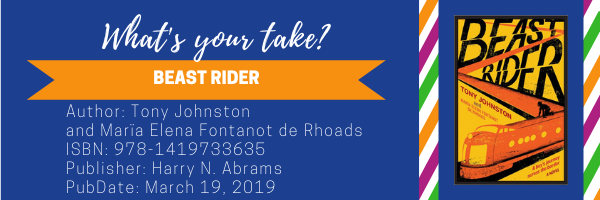 Cane Warriors by Alex Wheatle follows a fictional character in the true story of Tacky’s War in Jamaica in 1760. In this book, 14-year-old Moa works the Frontier sugarcane plantation for endless hot days and endures the lash of white enslavers. Recruited to participate in an uprising, led by the charismatic Tacky, Moa is terrified but resolved. He agrees to be a cane warrior and fight for the freedom of all the enslaved people in nearby plantations.
Cane Warriors by Alex Wheatle follows a fictional character in the true story of Tacky’s War in Jamaica in 1760. In this book, 14-year-old Moa works the Frontier sugarcane plantation for endless hot days and endures the lash of white enslavers. Recruited to participate in an uprising, led by the charismatic Tacky, Moa is terrified but resolved. He agrees to be a cane warrior and fight for the freedom of all the enslaved people in nearby plantations.
“Never look forward to war. It’ll come to we when it’s ready and when it come it never pretty.” (p. 117) Continue reading











